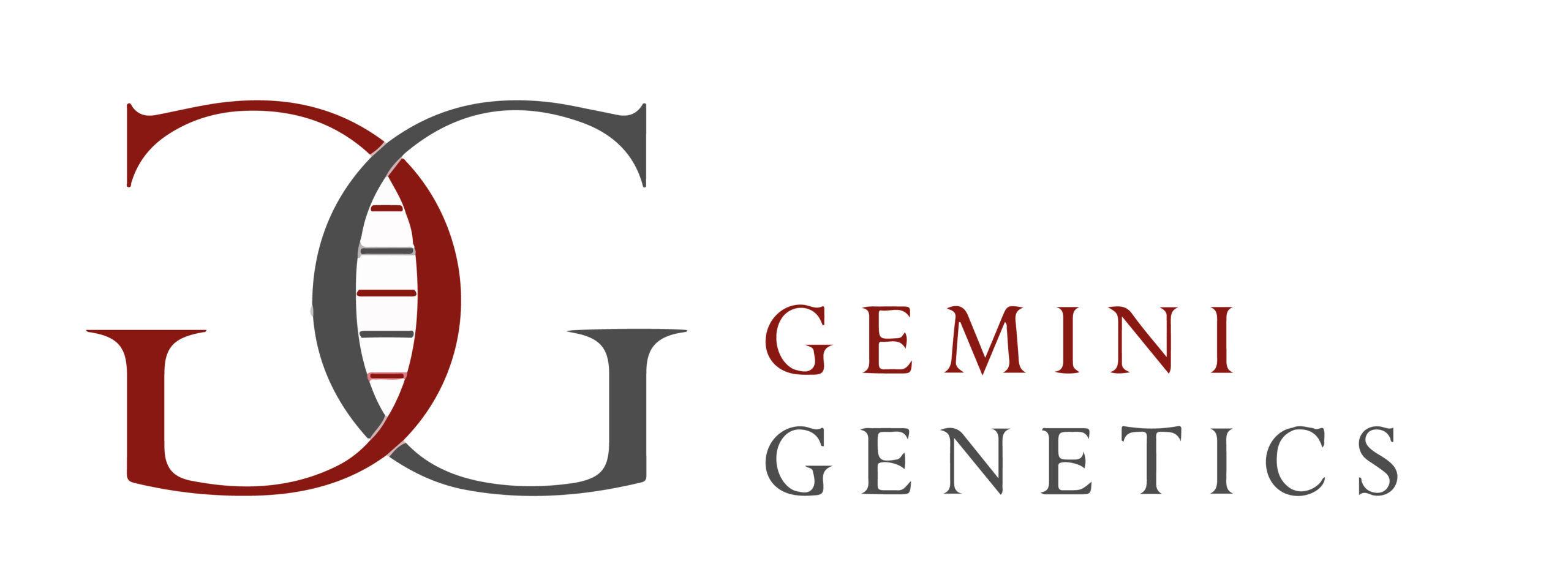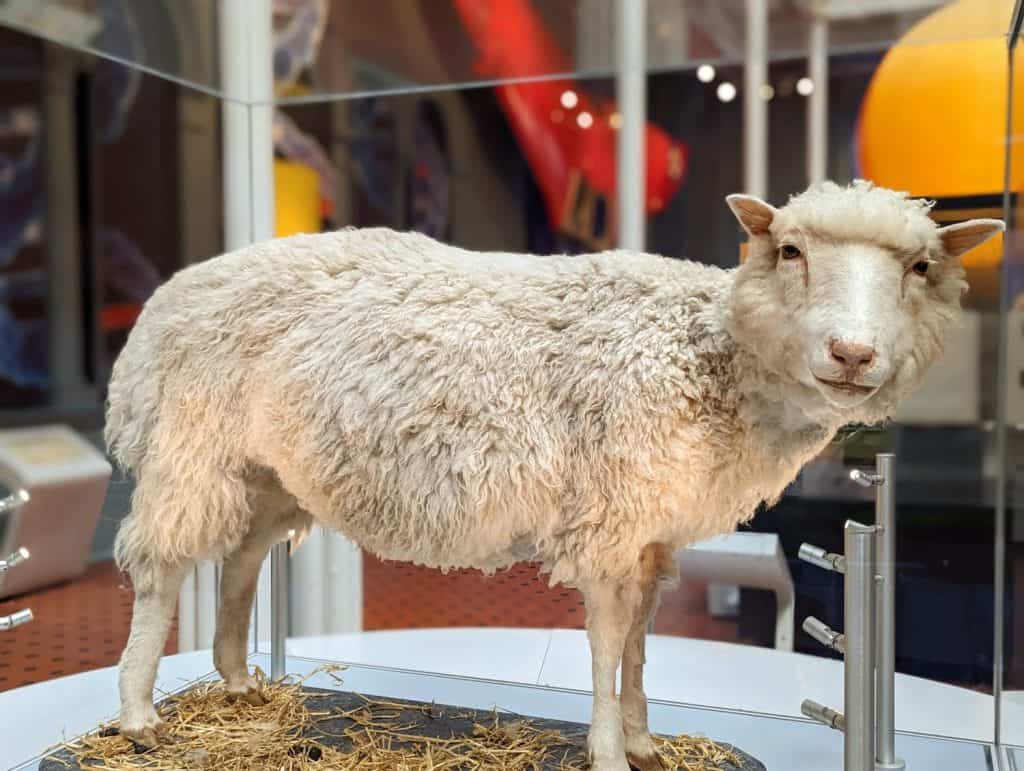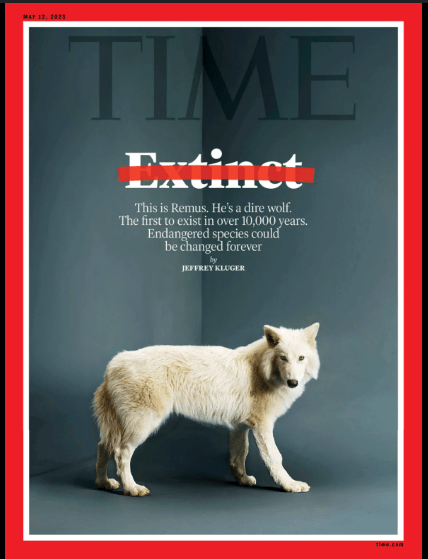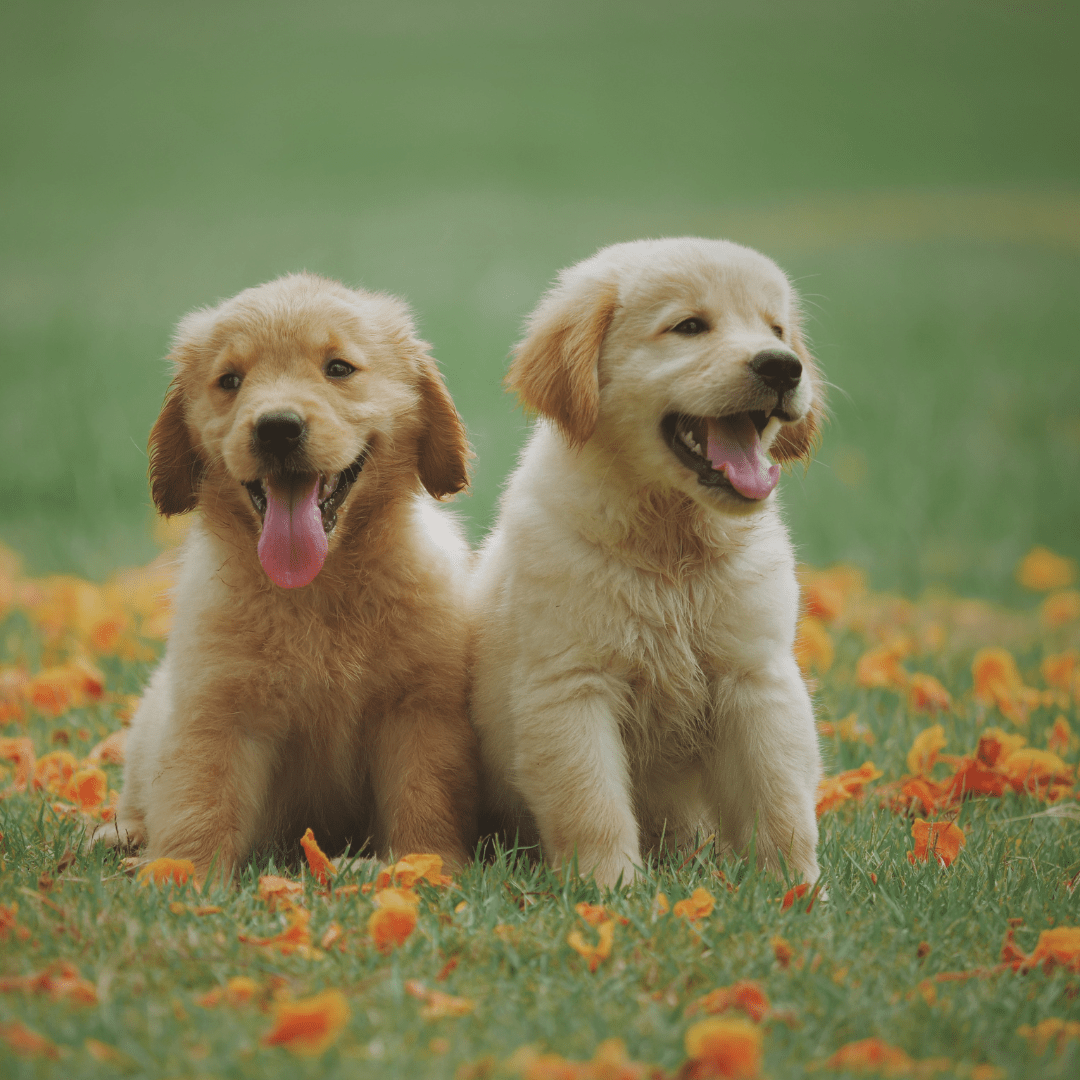Dolly The Sheep - Pioneering the Future of Cloning In the annals of scientific breakthroughs,…
Chillingham Wild Cattle: A Natural Example of Cloning in Nature
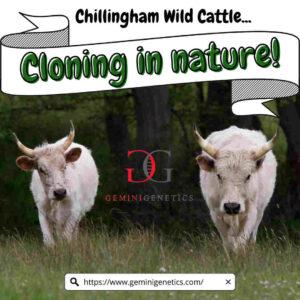
Chillingham Wild Cattle: A Natural Example of Cloning in Nature
Deep in the picturesque landscapes of Northumberland, England, lies a unique and ancient herd of cattle—the Chillingham wild cattle. These remarkable animals are not only a window into the past but also a fascinating example of how cloning occurs naturally in the animal kingdom. While many associate cloning with cutting-edge science, the Chillingham wild cattle demonstrate that cloning is not solely a man-made phenomenon. In fact, it has been happening in nature for centuries.
Who Are the Chillingham Wild Cattle?
The Chillingham wild cattle are a rare and ancient breed that has roamed the enclosed parklands of Chillingham Castle for over 800 years. These white cattle have remained isolated from other breeds, making them genetically distinct and uniquely adapted to their environment. What makes them truly extraordinary is their genetic uniformity. Due to centuries of isolation, the Chillingham wild cattle are so genetically similar that they are considered natural clones of one another.
This genetic uniformity is a result of inbreeding within the closed herd. While inbreeding often leads to health issues in animals, the Chillingham wild cattle have defied the odds. They have not only survived but thrived, maintaining their population and continuing to graze peacefully in their historic habitat.
Cloning in Nature: The Chillingham Wild Cattle as a Case Study
Cloning is often thought of as a modern scientific breakthrough, but the Chillingham cattle are a testament to the fact that cloning can and does occur naturally. In this context, cloning refers to the process by which organisms share identical genetic material, making them genetic replicas of one another.
The Chillingham wild cattle’s genetic similarity stems from their long-standing isolation. With no new genetic material introduced to the herd for centuries, the cattle have essentially become genetic copies—or clones—of one another. This natural form of cloning highlights how genetic replication can occur without human intervention.
Interestingly, natural cloning isn’t limited to cattle. Identical twins in humans and other mammals are another example of cloning in nature. When a fertilized egg splits into two embryos, the resulting individuals share identical DNA, making them natural clones.
What Does This Mean for Modern Cloning?
The existence of natural clones like the Chillingham wild cattle challenges the perception that cloning is an artificial or unnatural process. While modern cloning techniques, such as somatic cell nuclear transfer, involve advanced technology to replicate genetic material, the underlying principle is rooted in nature.
Understanding natural cloning helps demystify the science behind modern cloning. It shows that cloning is not an unnatural manipulation but rather a replication of a process that already exists in the natural world. For example:
- Natural Cloning: Occurs in species like the Chillingham cattle or through identical twins in mammals.
- Scientific Cloning: Utilizes advanced techniques to replicate the same genetic principles seen in nature, enabling the preservation of rare or endangered species and beloved pets.
Why Are the Chillingham Wild Cattle Important?
The Chillingham wild cattle are not just a scientific curiosity; they are a vital part of the UK’s natural and cultural heritage. As one of the last surviving herds of truly wild cattle in the world, they provide valuable insights into genetics, evolution, and conservation. Their unique genetic makeup has been studied extensively, offering lessons in how isolated populations adapt and survive.
Additionally, the Chillingham wild cattle serve as a living example of the principles of cloning in nature. They remind us that genetic replication is a natural process, one that has been occurring for thousands of years without human intervention.
Cloning for Conservation: Learning from Nature
The story of the Chillingham cattle also has implications for conservation efforts. In a world where biodiversity is under threat, understanding natural cloning can inspire new ways to preserve endangered species. Cloning technology, when used responsibly, can replicate the natural process of genetic preservation seen in the Chillingham cattle. This could help save species on the brink of extinction by creating genetic copies to sustain their populations.
Final Thoughts
The Chillingham cattle are more than just a rare and ancient herd—they are a living example of how cloning exists in nature. Their story challenges the misconception that cloning is purely a man-made technology and highlights the remarkable ways in which nature ensures genetic continuity.
At Gemini Genetics, we draw inspiration from natural examples like the Chillingham cattle to advance our understanding of genetics and cloning. Whether it’s preserving the legacy of a beloved pet or contributing to conservation efforts, cloning is a tool that mirrors the processes already present in the natural world.
If you’re interested in learning more about cloning or genetic preservation, contact Gemini Genetics today. Together, we can explore the possibilities of this incredible science—rooted in nature itself.
